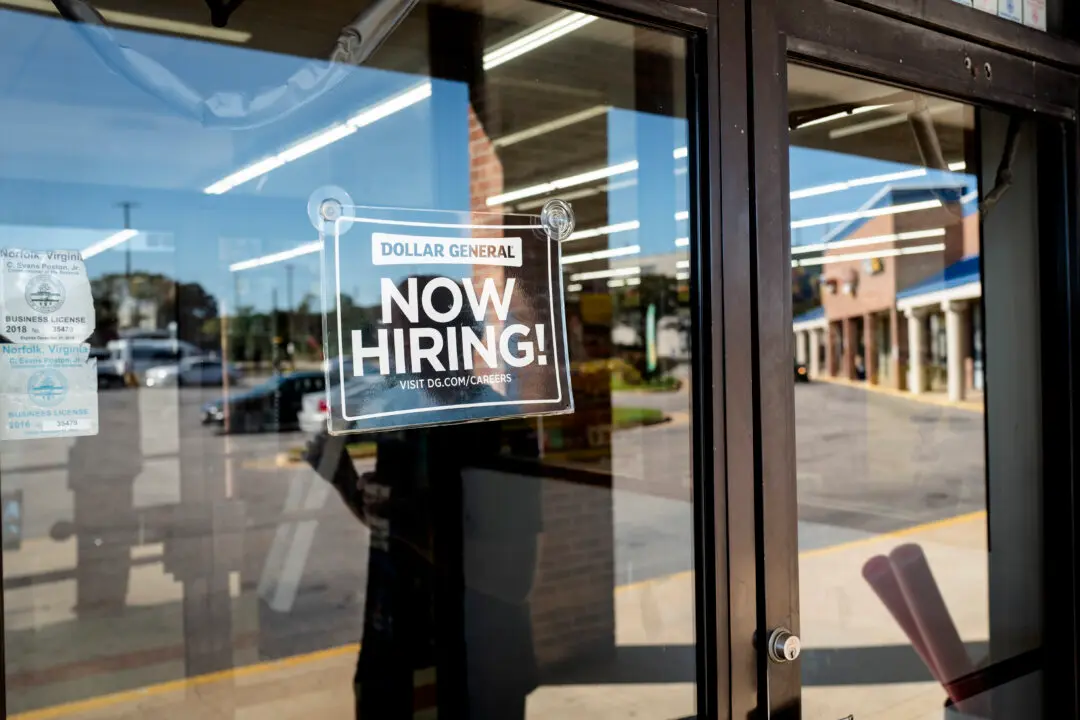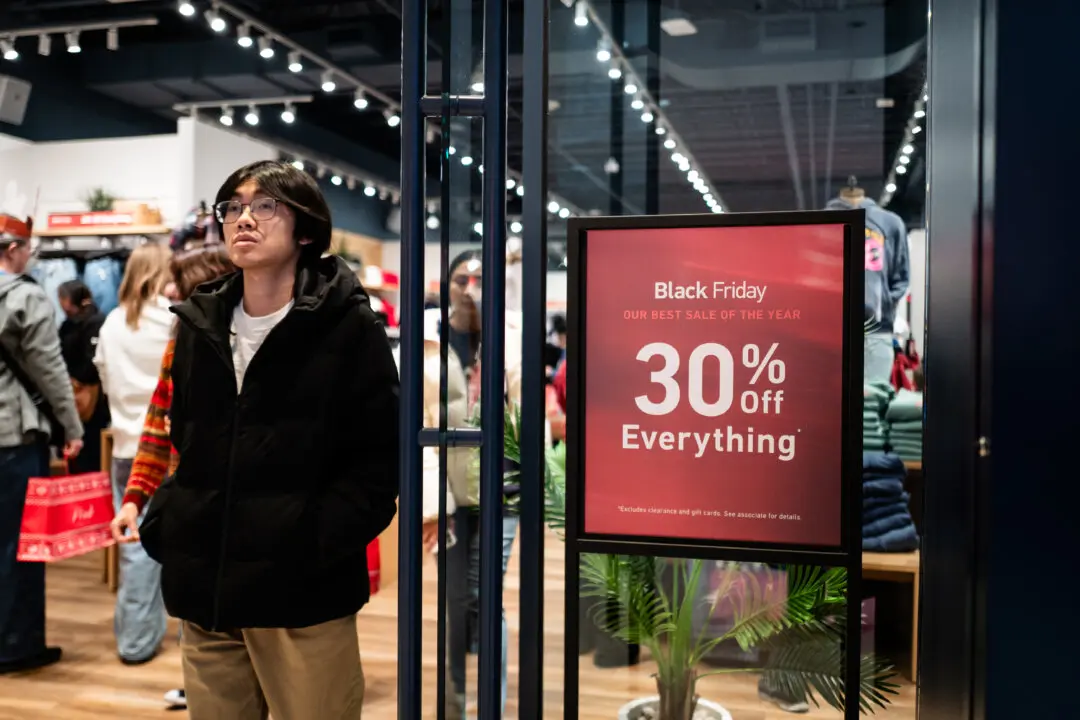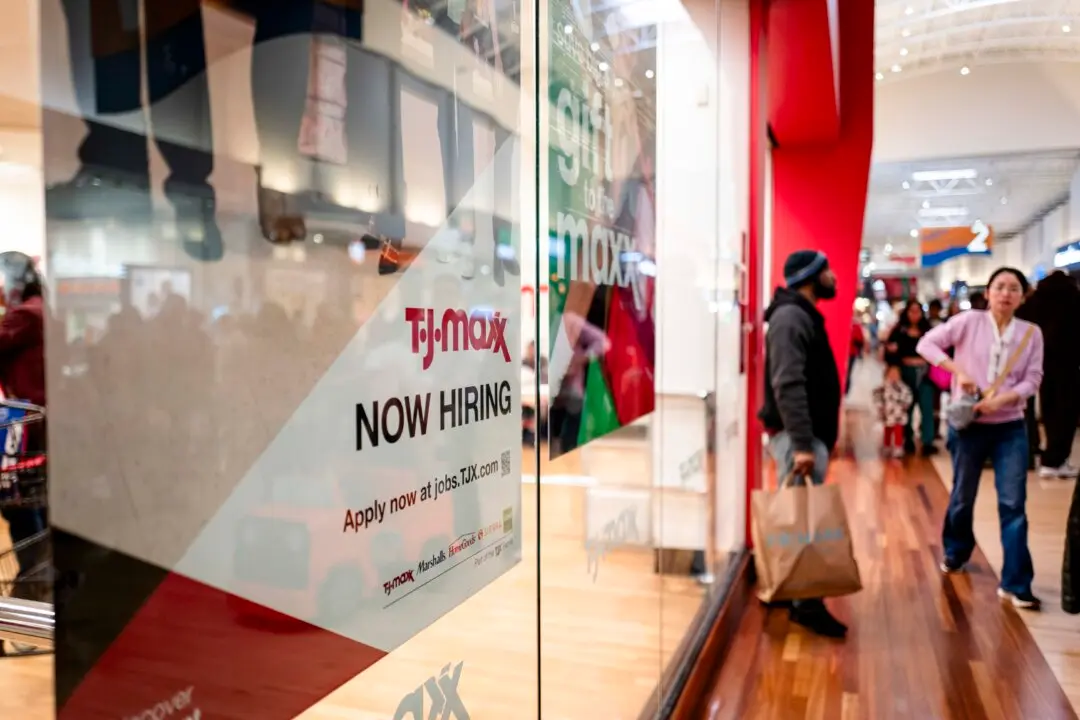The U.S. economy expanded by 1.1 percent in the first quarter, down from 2.6 percent in the fourth quarter, according to the Bureau of Economic Analysis (BEA). This also came in below economists’ expectations of 2 percent.
This was the slowest quarterly growth since the second quarter of 2022.





